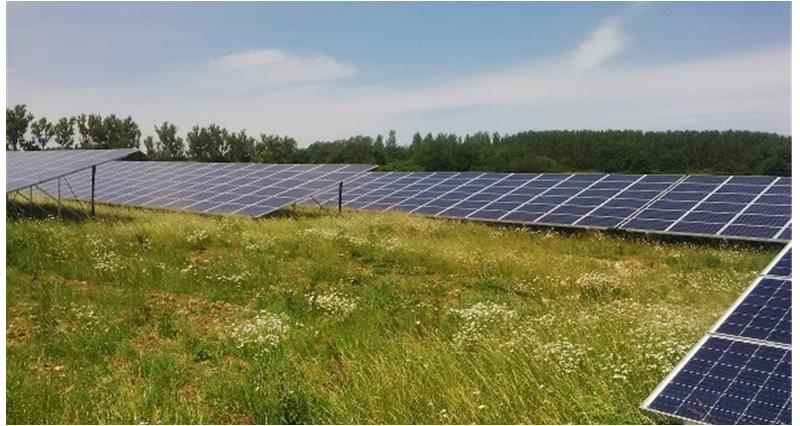Sponsored by a number of solar developers, the study enlarged upon preliminary ecological survey work in 2013 - by looking at four key indicators across a total of 11 solar farms during 2015.
Ecological consultants Clarkson & Woods and Wychwood Biodiversity compounded previous assertions about the link between solar farms and biodiversity, showing an increased presence and abundance of a range of plant and animal species where wildlife-focused management formed part of routine operations and maintenance.
Solar farms 'provide a high value crop (solar power) while leaving the majority of the land area free for wildlife management,' concludes the research.
'There are very few other ways that farmers can earn a sustainable amount of money by creating large areas of conservation habitat.'
“We’re delighted with the findings of this survey,” commented Leonie Greene of the Solar Trade Association. “It confirms that solar farms, when done properly, are an asset to our countryside and our natural environment.”
NFU comment
With the national area of solar farms now surpassing about 15,000 hectares, this very thorough and timely report recognises that “solar farms are unique in the farmed landscape”, and reaches a number of helpful conclusions about their management for biodiversity. Further work is recommended at sites which were previously pasture, on surveying small mammals and raptors, and in solar farms of different ages.
The observation that brown hares are often seen is interesting (we have come across many anecdotal reports of sightings in solar farms), meriting further investigation whether solar farms serendipitously provide them with an ideal form of cover.
